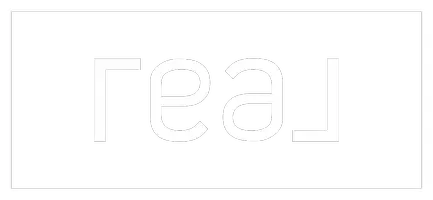How is the Feds fighting Inflation?

The Federal Reserve is preparing to enter a new phase in its battle against inflation, but its massive balance sheet will continue to be a crucial factor. In the past year and a half, the Fed has aggressively raised interest rates to their highest level in over two decades, using this tool to control inflation and promote employment as mandated by Congress.
However, interest rate hikes are not the only weapon in the Fed's arsenal. The central bank also manages a multi-trillion-dollar balance sheet that includes government securities and tracks the amount of currency in circulation. This balance sheet is utilized as a macroeconomic tool to either strengthen or weaken the economy.
Although it appears that the Fed may be finished with interest rate increases, with a possibility of one more hike in December, the economy is still experiencing robust growth, the job market remains tight, and inflation continues to exceed the 2% target. This necessitates further action from the Fed to cool down the economy, and the balance sheet will play a significant role in achieving this, alongside the impact of higher interest rates over an extended period.

Here's How it Works
The Fed holds various assets such as Treasuries, mortgage-backed securities, and loans to banks. It also possesses liabilities like currency, bank reserves, and short-term contracts to sell and repurchase securities. When the Fed wants to stimulate the economy, it expands its holdings of securities, a strategy known as "quantitative easing." This was employed following the Great Recession to aid the economic recovery. Conversely, during the early stages of the COVID-19 pandemic, the Fed rapidly increased its assets portfolio to stabilize the financial system and mitigate the effects of shutdowns.
However, the Fed has now shifted gears. Over the past year, it has been gradually reducing its balance sheet in order to cool the economy, a process known as "quantitative tightening" or "balance sheet runoff." This reduction will serve as a means of removing monetary policy accommodation, with the federal funds rate remaining the primary active tool.
At present, the Fed's balance sheet stands at around $7.9 trillion, down from its peak of $9 trillion earlier in 2022. Economists at Wells Fargo anticipate a recession next year, which will lead the Fed to halt quantitative tightening around October 2024, resulting in a balance sheet size of approximately $7.2 trillion.
However, if a recession does not occur, alternative scenarios for the end of the balance sheet runoff are possible. Fed Chair Jerome Powell has suggested that the process could continue even during rate cuts, allowing the balance sheet to return to its "equilibrium" size.
In terms of interest rate hikes, the Fed determines whether to raise, lower, or maintain its key federal funds rate at each scheduled Federal Open Market Committee meeting. This decision influences short-term interest rates throughout the economy. When inflation rises, the Fed responds by increasing the fed funds rate, causing interest rates on loans to follow suit. This helps cool down the economy and stabilize inflation. Conversely, when the economy weakens and unemployment rises, the Fed lowers the fed funds rate to stimulate economic growth by making lending more affordable.
There are instances when the Fed chooses to keep interest rates unchanged, such as when more data is needed to assess the state of the economy or when growth is heading in a positive direction.
Manipulating the Fed funds rate is the most well-known method employed by the Fed to impact the economy, as it directly affects the accessibility of credit.
Categories
Recent Posts










GET MORE INFORMATION

